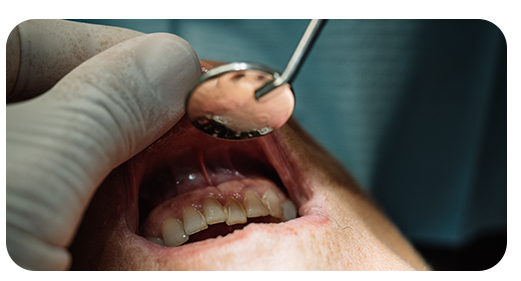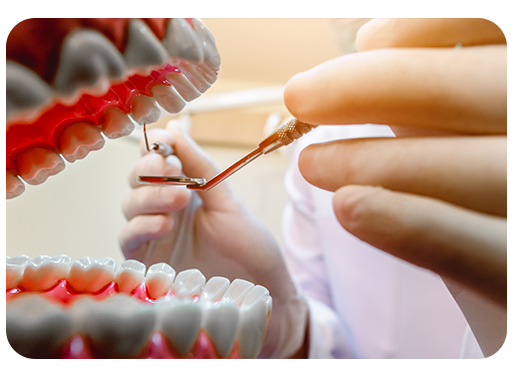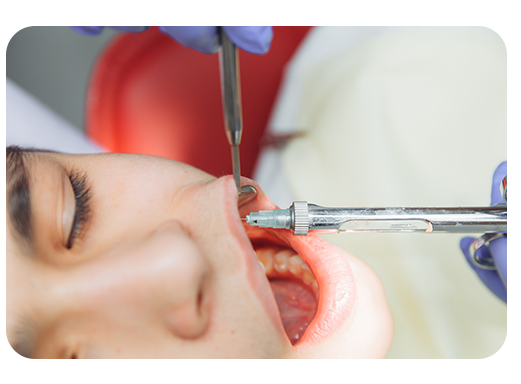Gum Grafting
Gum Grafting
What is Gum Grafting?
What is Gum Grafting?


Why is Gum Grafting Performed?
Why is Gum Grafting Performed?
How is Gum Grafting Performed?
How is Gum Grafting Performed?


Who is a Candidate for Gum Grafting?
Who is a Candidate for Gum Grafting?
Post-Procedure Care for Gum Grafting
Post-Procedure Care for Gum Grafting


Is Gum Grafting a Safe Procedure?
Is Gum Grafting a Safe Procedure?
How Long Does Gum Grafting Take?
How Long Does Gum Grafting Take?


Will There Be Pain After Gum Grafting?
Will There Be Pain After Gum Grafting?
Is Gum Grafting Permanent?
Is Gum Grafting Permanent?


Conclusion Gum Grafting
Conclusion Gum Grafting
Frequently Asked Questions
Daily Oral Care Routine for Healthy Teeth
Tooth Brushing Mistakes and Correct Brushing Techniques
Health Problems Caused by Missing Teeth
Teeth grinding, or bruxism, is closely linked to stress, anxiety, and tension. Solutions include: • Using a night guard • Stress-reduction practices (yoga, therapy, exercise) • Mindfulness techniques to become aware of daytime clenching Addressing the root causes of stress can significantly reduce grinding episodes
Pregnancy can affect oral health due to hormonal changes, increasing the risk of: • Gum inflammation (pregnancy gingivitis) • Pregnancy tumors (harmless overgrowths on gums) • Enamel erosion from morning sickness Maintaining regular brushing, flossing, and safe dental check-ups during pregnancy is crucial for both mother and baby’s health.
